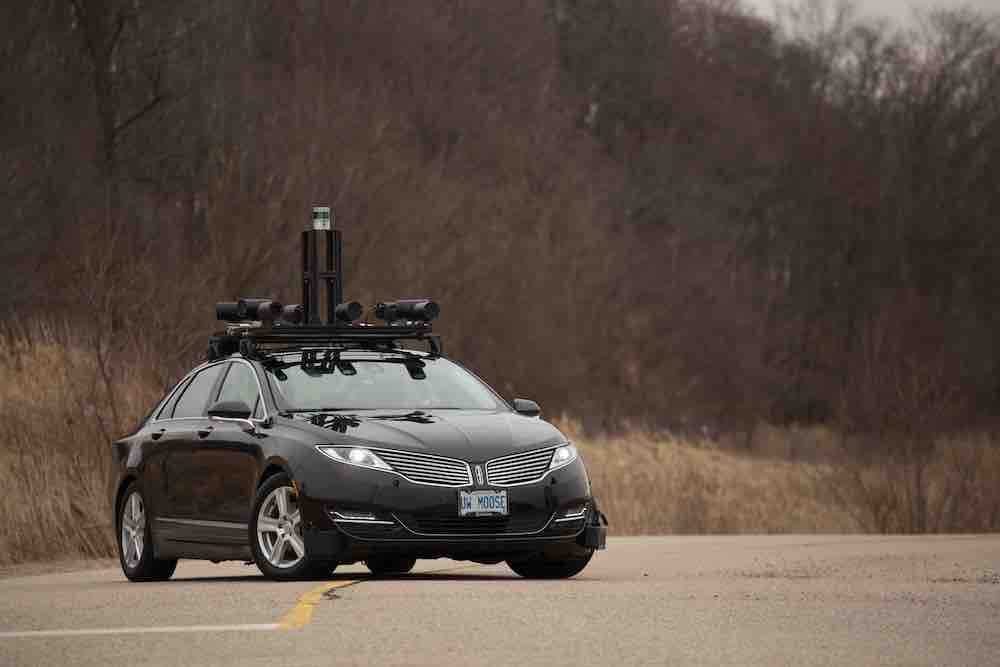
The system, developed by engineers at the University of Waterloo, chooses the least serious outcome when a crash is inevitable, limiting injuries and damage.
While self-driving cars will improve safety and reduce the number of accidents we see on our roadways, there will be times when crashes are unavoidable. That’s why engineers at the University of Waterloo have developed a system to minimize the damage and limit any injuries that may result.
The decision-making, motion-planning technology uses pre-defined mathematical calculations that factor in the severity of crash injuries and damage to analyze all available options, then chooses the action that has the least serious outcome. So if the choice is between hitting a car in the same lane or a head-on collision, the algorithm will choose to avoid the head-on collision, said Amir Khajepour, a professor of mechanical and mechatronics engineering at the University of Waterloo.
“The solution minimizes the impact energy,” Khajepour said, “which depends on the mass of the vehicles, the direction they hit each other and the relative speed between the vehicles.”
The first rule? Avoiding collisions with pedestrians, Khajepour said.
“By removing humans from the picture we mostly focused on vehicle to vehicle and vehicle to trucks,” said Khajepour, who is the director of the university’s Mechatronic Vehicle Systems Lab. “We also put constraints on the solution that it shouldn’t hit bikes or bicyclists.”
Through simulations, the system showed it can determine the right scenario based on the situation, whether that’s driving onto a sidewalk to avoid a crash or hitting a passenger vehicle rather than a large truck to minimize damage and potential injuries.
The system doesn’t factor in ethical considerations when determining what action to take, Khajepour said, such as if it should make the safety of its own occupants the priority or if it should be concerned with the safety of everyone involved in the crash equally. Those are big questions that still need to be answered by automakers and regulators. Once they are, they can be integrated into this solution.
“In the future, there should be rules or standards that car companies have to somehow implement into their cars,” Khajepour said. “There should be a universal approach.”
A paper detailing the research, Crash Mitigation in Motion Planning for Autonomous Vehicles, recently appeared in IEEE Transactions on Intelligent Transportation Systems.

